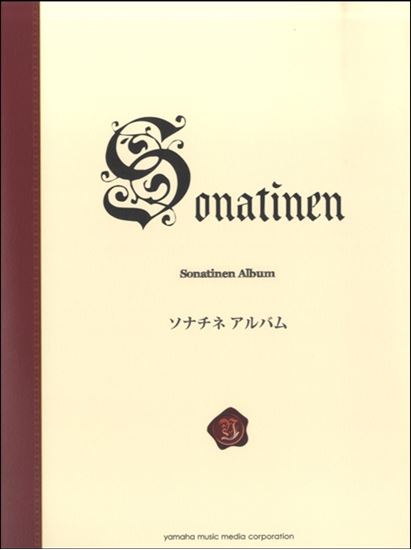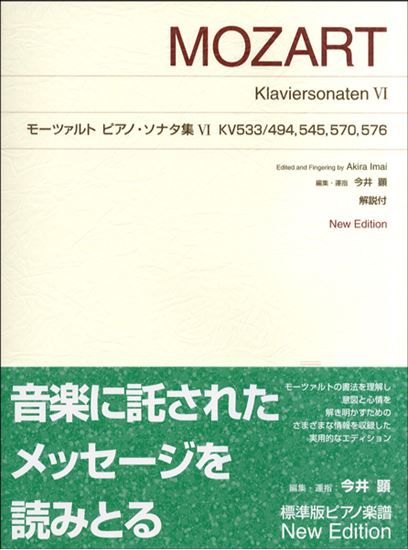Mozart, Wolfgang Amadeus : Sonate für Klavier Nr.15 Mov.1 Allegro C-Dur
Work Overview
Genre:sonata
Total Playing Time:4 min 30 sec
Copyright:Public Domain
Commentary (1)
Author : Okada, Akihiro
Last Updated: March 5, 2019
[Open]
Author : Okada, Akihiro
First Movement: C Major, 4/4 Meter, Sonata Form
The principal theme, a simple melody without double stops, is presented over an Alberti bass. Following a transition (m. 5–) featuring scale passages, the secondary theme, also simple in character, appears in the dominant key of G major (m. 14–). After a transition (m. 18–) with arpeggiated chords, the first half concludes with a short coda.
The second half (m. 29–) begins with the principal theme in G minor, the parallel minor of the dominant, and quickly modulates to D minor. Subsequently, scale passages lead from A minor to F major.
The principal theme is recapitulated in F major (m. 42–), the subdominant of the tonic key, and the transition section featuring scale passages is expanded (m. 46–).
While this recapitulation of the principal theme in the subdominant is often noted as peculiar, it is by no means rare for sonata form, which originally developed from binary form. Indeed, although there are no examples in Mozart's other keyboard sonatas, recapitulations in the subdominant can be found in older types of sonatas, and examples are also observed in Schubert's sonatas.
More importantly, this modulation to the subdominant is considered intentional rather than inevitable. This is because the key immediately preceding the theme's recapitulation is A minor, and a modulation to C major (the tonic), its relative major, could have been achieved naturally.
Furthermore, although the expansion of the transition section with scale passages leads the key from F major to C major, it ultimately cadences on the dominant chord, just as in the exposition, which gives the recapitulation of the secondary theme an abrupt impression (to achieve a natural recapitulation, it would need to cadence on the tonic chord of C major). If so, then the expansion of these scale passages might actually be intentional, and, drawing from the title “For Beginners,” it could have deliberately incorporated scale exercises for both hands.
Subsequently, after the recapitulation of the secondary theme in the tonic key (m. 59–) and a transition with arpeggiated chords, the movement concludes with a coda similar to that of the first half.
PTNA & Partner Channel Videos(10items) View More
Sheet MusicView More
Scores List (33)

(株)音楽之友社

(株)全音楽譜出版社

(株)全音楽譜出版社

(株)全音楽譜出版社

(株)リットーミュージック

ミュージックランド

ミュージックランド

(株)全音楽譜出版社

KMP(ケイ・エム・ピー) ケイエムピー

KMP(ケイ・エム・ピー) ケイエムピー

(株)オンキョウパブリッシュ〇

ミュージックランド

ミュージックランド

(株)ドレミ楽譜出版社

(株)全音楽譜出版社

(株)ドレミ楽譜出版社

(株)全音楽譜出版社

(株)ドレミ楽譜出版社

(株)音楽之友社

(株)ドレミ楽譜出版社

ロケットミュージック

(株)全音楽譜出版社

(株)ヤマハミュージックエンタテインメントホールディングス

(株)ドレミ楽譜出版社

(株)ヤマハミュージックエンタテインメントホールディングス

(株)全音楽譜出版社

(株)音楽之友社

(株)学研プラス

(株)全音楽譜出版社














